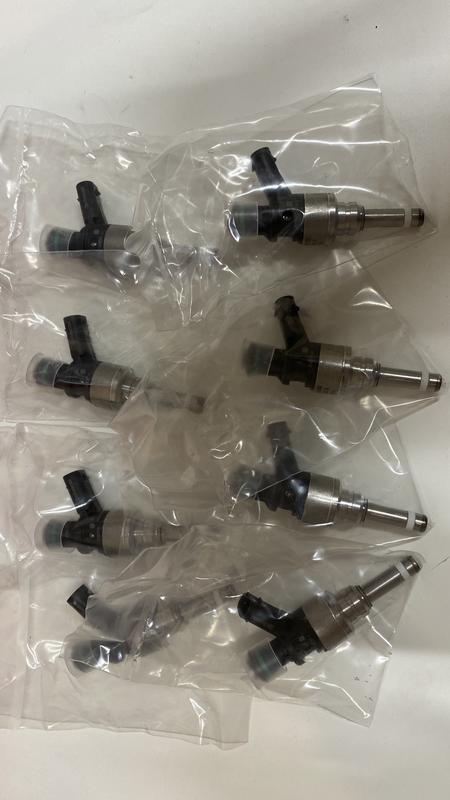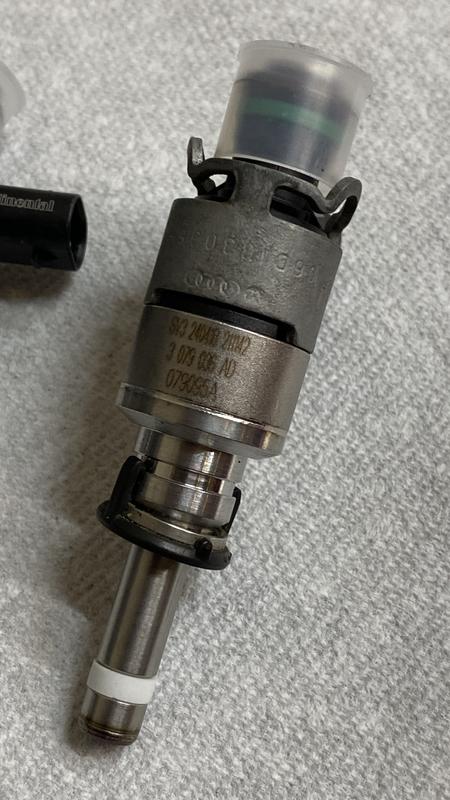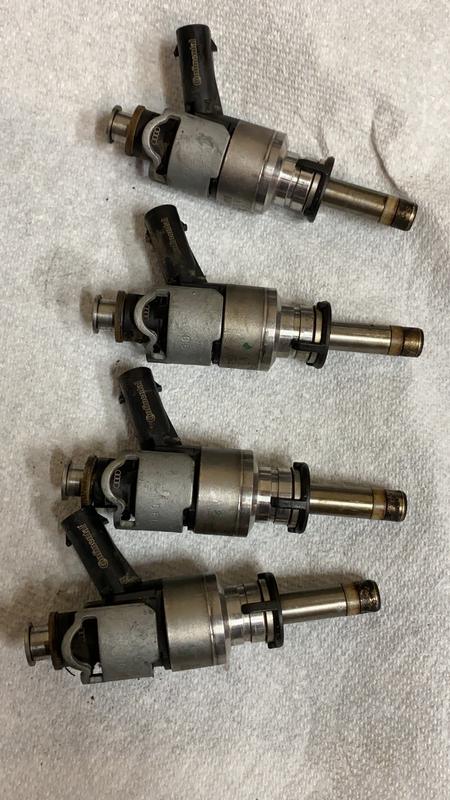Starting a new thread to detail best maintenance practices (above and beyond factory recommendations) as well as listing known issues and various items to look out for.
I don’t want to list every single thing that has gone wrong on an RS5 but I would like to create a list of some of the more important components that may have gone bad, what the symptoms were, the diagnosis and how it was fixed.
For example, if you had an injector go bad, list the symptoms, the codes pulled, and then how it was ultimately diagnosed (dealer or yourself) and what the fix was. This’ll make the thread a bit more useful for those trying to track down correlations and actual fixes.
Keep it short and concise as possible and I’ll continue to edit the initial post with lists of known problems. I’ll reference and link to your specific post making it that much easier to filter through irrelevant information. Make sense?
Next I want to try and promote the concept of performance maintenance, maintaining the car at or near the peak performance it’s capable of. This becomes more extensive as the car ages and will include components Audi doesn’t mention in their service intervals.
First and foremost, every RS5 owner should own a Ross-Tech VCDS. They’re relatively inexpensive and a real lifesaver when it comes to not only pulling diagnostic codes, but custom coding the car, helping to perform various maintenance and repair functions and even monitor the car’s parameters in real time.
RS5 Performance Maintenance
While you can go with longer intervals than what’s listed below, and following Audi’s specified maintenance schedule, the below will help maintain your car’s peak performance and may stave off future reliability issues.
-Carbon clean the intake valves every 35,000 miles
-Change both the ATF and MTF fluid on the transmission and differential for each specified maintenance interval by Audi. Some services call for one fluid only. Just change both, particularly the ATF fluid.
-Replace BOTH the external and internal ATF filter each and every fluid change. This is now standard practice at Audi but an Indy shop may not know this,
-Oil and oil filter changes every 5,000 miles. Do not go 10,000 niles between oil changes
-Spark plugs every 25,000 miles maximum
-Fuel injectors. Monitor misfires with the VCDS and consider replacing all eight with new ones at some point. They don’t seem to fail consistently at a certain mileage but if you’ve made it to 60,000 miles, take a hard look at injectors.
-Coils every 60K miles.
-Check front upper control arm bushings every tire rotation. It’s easy enough to stick your head in the wheel well and look at the bushings.
-More to come
Known RS5 Issues
-I"ll add to this shortly…




